XML Path Language (XPath)
XML Foundations (INFOSYS 242)
Erik Wilde, UC Berkeley iSchool
Tuesday, September 19, 2006
|
|
This work is licensed under a Creative Commons |
|
|
This work is licensed under a Creative Commons |
XML structures data into a rather small number of different constructs, most notably elements and attributes. The XML Path Language (XPath) defines a way how to select parts of XML documents, so that they can be used for further processing. XPath's primary use in in XSL Transformations (XSLT), but other XML technologies use it as well, e.g. XML Schema. XPath is a very compact language with a syntax that resembles the path expressions which are well-known from file systems. These path expressions, however, are generalized and therefore much more powerful than the rather simple path expressions in file systems. Because of its use in different XML technologies, XPath is one of the most important XML core technologies.
ü/ü → ü)//img[not(@alt)] → select all images which have no alt attributecount(//img) → return the number of images/descendant::img[3]/@src → return the third image's src URIstarts-with(/html/@lang, 'en') → test whether the document's language is english/| File System Path: | / |
usr |
/ |
local |
/ |
apache |
/ |
bin |
/ |
|---|---|---|---|---|---|---|---|---|---|
| # Selected Nodes: | 1 | → 1 | → | 1 | → | 1 | → | 1 |
| XPath: | / |
html |
/ |
body |
/ |
table |
/ |
thead |
/ |
tr |
|---|---|---|---|---|---|---|---|---|---|---|
| # Selected Nodes: | 1 | → 1 | → | 1 | → | 6 | → | 4 | → | 12 |
/html/head/title/html/head/*text()comment()node()processing-instruction()processing-instruction("xml-stylesheet"). and .. are clever directory shortcutsfind)childdescendant::a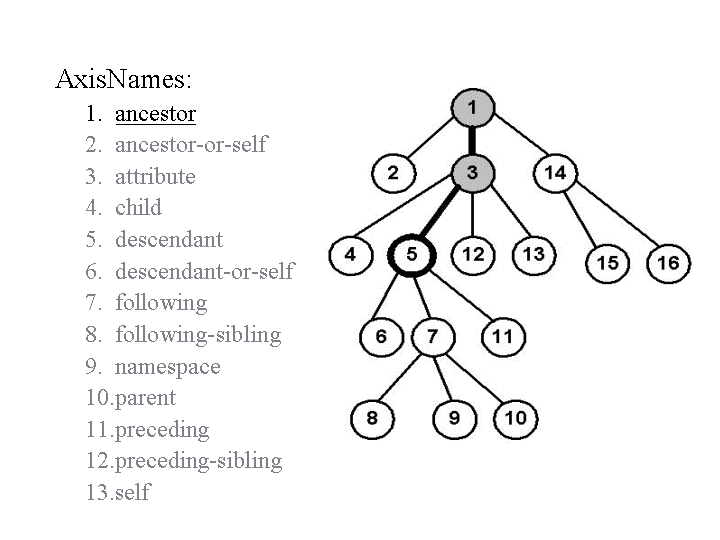
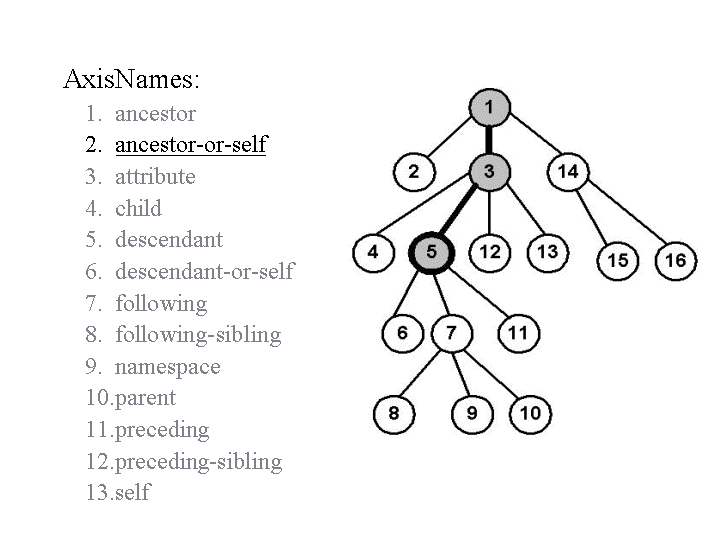
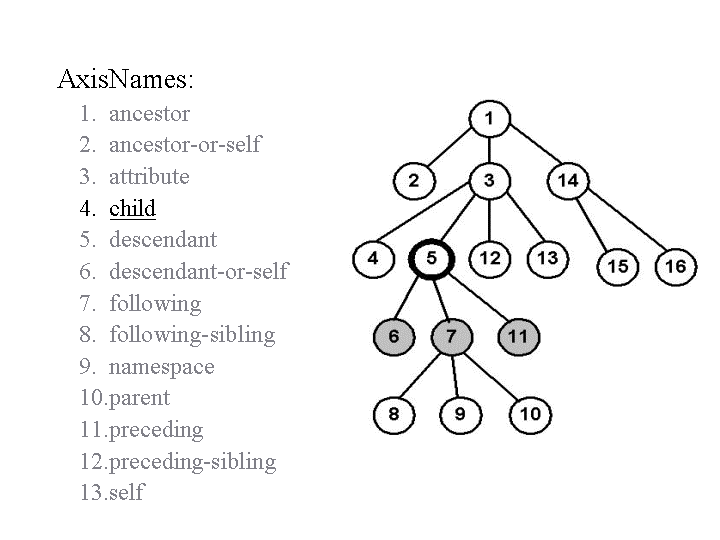
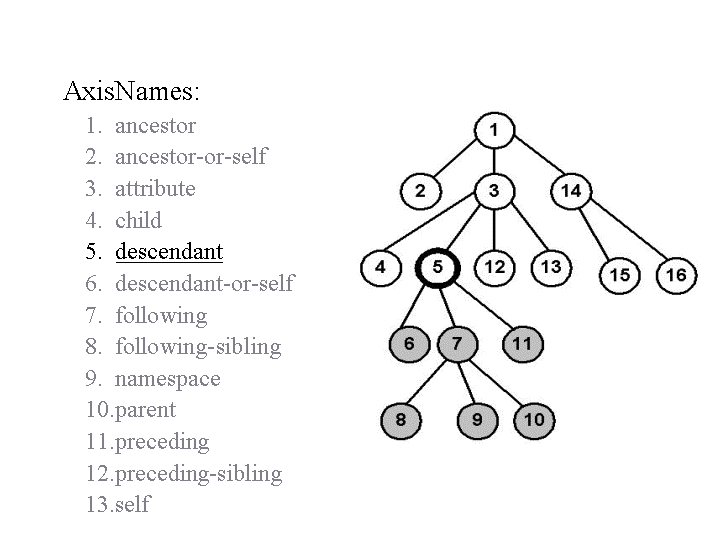
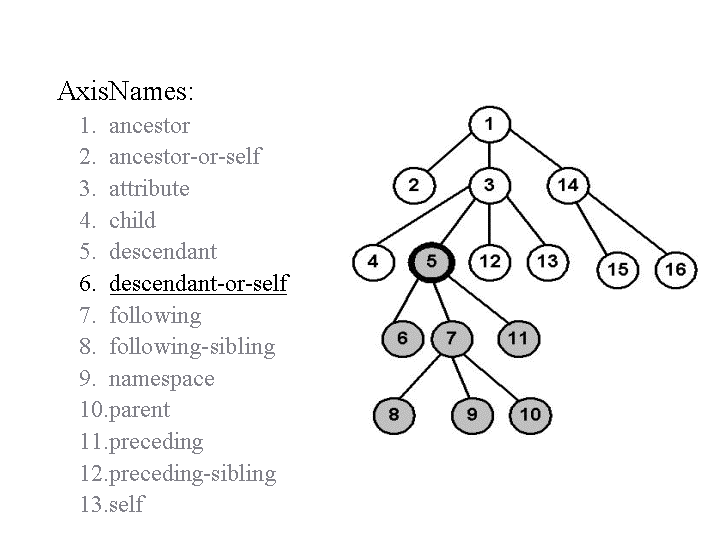


xmlns) are invisible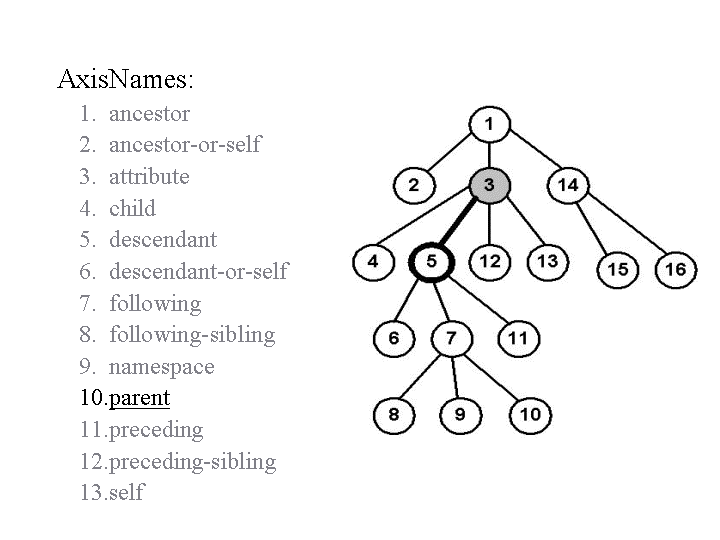

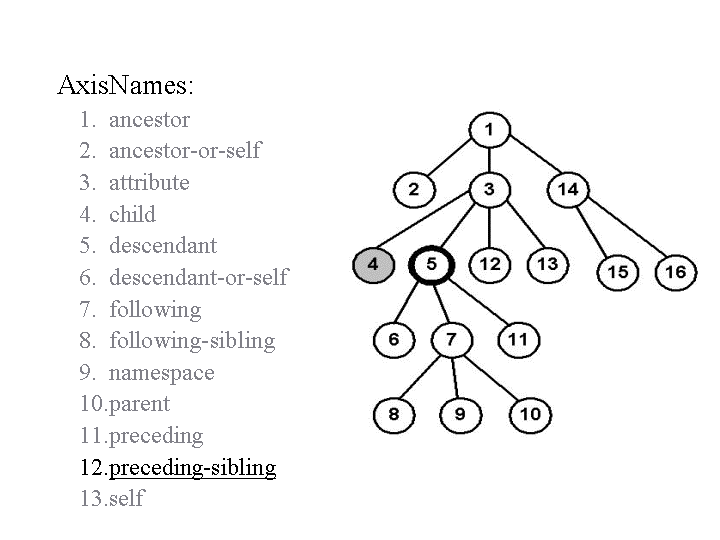

/preceding::p[@class="warning"])::child)[]child:: can be omitted (default axis)attribute:: can be written as @.self::node()..parent::node()///descendant-or-self::node()/position() function (/descendant::a[5])//img[not(@alt)]count(//img)/descendant::img[3]/@srcstarts-with(/html/@lang, 'en')NaN//a[starts-with(@href, https)])boolean, contains, false, lang, not, starts-with, trueceiling, count, floor, last, number, position, round, string-length, sumconcat, local-name, name, namespace-uri, normalize-space, string, substring, substring-after, substring-before, translateid//a[substring(@href,string-length(@href)-2)='pdf']